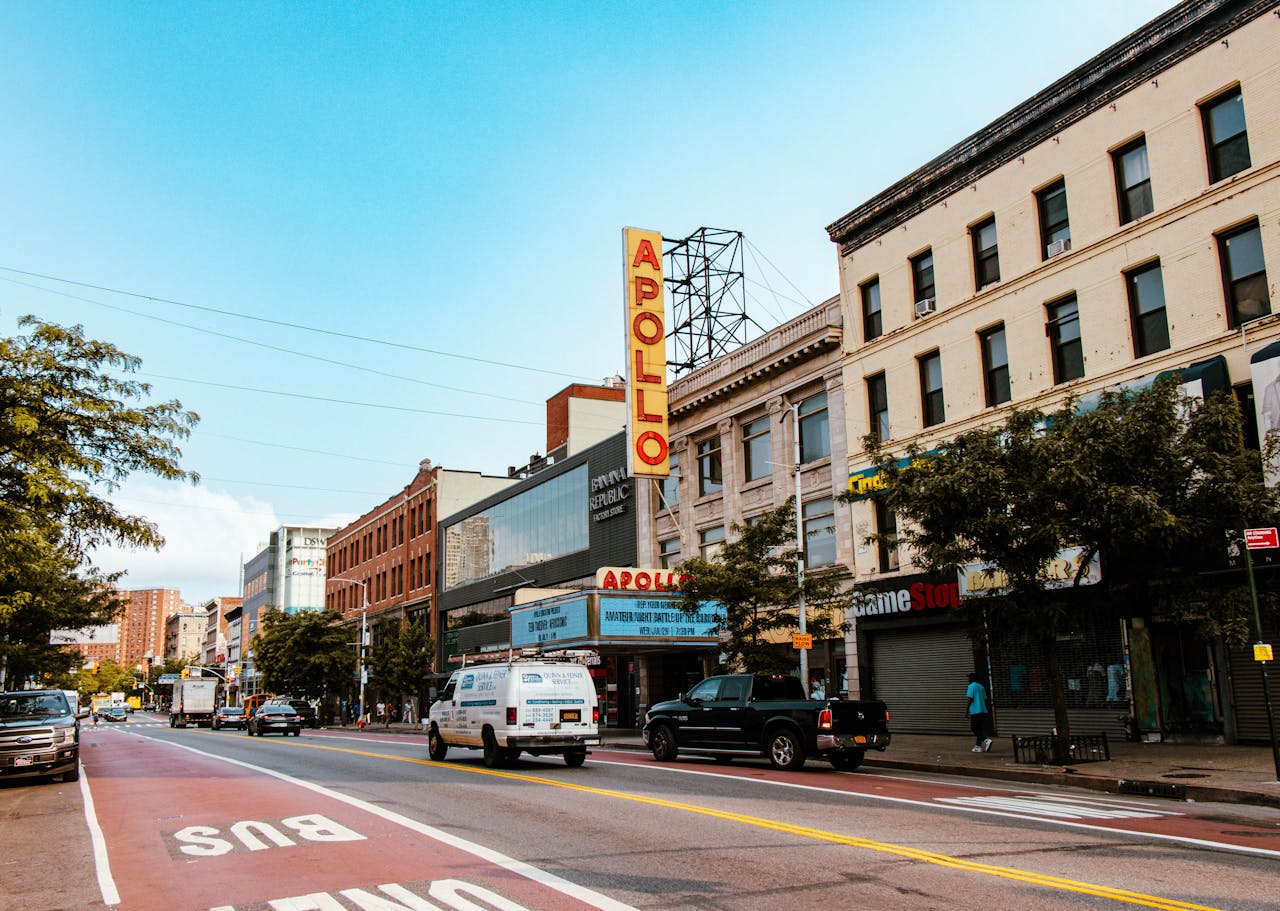L. Joy Williams steps into big shoes as the new president of the NAACP New York State Conference. As she carries the legacy of the late Dr. Hazel Dukes, Williams enters the leadership role committed to fostering intergenerational connections with the nation’s oldest and largest civil rights organization.
At the time of Dr. Dukes’ death in March at age 92, Williams was already leading the Brooklyn NAACP and working closely alongside her. With two decades of experience as a political strategist and civic leader working within the organization, Williams brings a youthful energy to NAACP New York that she’s eager to carry forward.
“My plans are until 2031. But I have lots of plans,” Williams tells BLACK ENTERPRISE. “I’ve been part of the NAACP since 2004 or 2005. I came to the association already baked as an adult. And I started by helping to reorganize the Brooklyn branch of the NAACP, which is under the New York State Conference, and working with my mentor there [Dukes], helping to reorganize that branch, and then would later become the president of that branch and served for about a decade, for 10, 11 years, and served until March of this year, when I became president of the state conference.”
Now leading all 54 NAACP branches in New York State, while still leading the Brooklyn chapter, Williams carries a heavy workload. Yet, with her ability to bridge gaps, drive change, and support marginalized communities, especially at a time when even celebrating their history is under federal attack, she recognizes the vital role she plays in guiding an organization central to the fight for civil rights.
“One of the things that I take great pride in on and being president of Brooklyn was building an intergenerational branch,” Williams shares.
It’s this intergenerational approach, Williams says, that is key to the work the NAACP is known to do.
Ahead of the close of this year’s Harlem Week celebrations, Williams highlighted the importance of events like these.
“I think celebrations like this are important. Like, if we have a community conversation, it’s important. And even in this context where so much of our history is being attacked, it’s being stripped away, it’s important that we have markers, that we have spaces to educate, inform, and build the pride of our history, of our heroes, of our advocates, of our story really here in this country,” she says. “And things like Harlem Week are markers for us to be able to do that, vehicles for us to be able to celebrate, to remember, and to educate future generations.”
This year’s Harlem Week celebrations also honored the 100th anniversary of the Harlem Renaissance, a pivotal moment in African American history during the 1920s and 1930s when writers, musicians, artists, and scholars came together to celebrate Black identity, challenge racial stereotypes, and take pride in their culture.
Williams hopes the commemoration inspires today’s Black creatives to find unity and community in their own artistic expressions.
“Well, how fitting,” she says. “Because we’re at a period in our collective history where we have an opportunity, not just looking at the challenges that we’re facing, but looking at the opportunity that we have to create and celebrate those markers, those monuments, those individuals, and those spaces of telling our collective history.”
Williams continues, “We have an opportunity where not only all of these anniversaries coming up, not only the challenges of the federal aggression, but we have an opportunity to create cultural markers similar to the Harlem Renaissance that will be celebrated 100 years from now. And so I think of these people, these artists, these researchers, these educators, some who native born from New York, from Harlem, and some who migrated during the great migration from the Midwest, from the South and found community in a space and found it to be important to not only build a life, build wealth, but also make sure that they were making a mark in terms of their spiritual and cultural heritage.”
As part of this year’s Harlem Week, the 110th Street subway station on the MTA’s 2 and 3 lines was renamed 110th Street Malcolm X Plaza, honoring the iconic civil rights leader. Williams hopes it serves as “a doorway to greater education and a deeper understanding of what individuals have contributed, not just to a community, but to our country.”
Now in her new role as president of the NAACP NY State Conference, Williams deeply recognizes the responsibility of carrying Dukes’ legacy, honoring her decades of dedication to the NAACP. Dukes served as national president from 1990 to 1992 and led the New York State Conference from 1977 until she died this year at age 92. Their bond, built on mentorship and tough love, prepared Williams to step into her role as the next state conference president.
Although Williams has only been in the full-time volunteer role for five months, she leads with pride and excitement, embracing the opportunity to help drive pivotal change, just as her mentor, Dukes, once did.
“It is so rewarding to be able to invest all of my time into the upliftment and the future of Black people,” she says. “And knowing that you were mentored and guided by someone who also loved Black people.”
Regarding how New Yorkers across the state can engage in the community work led by Williams and other NAACP members, she emphasizes the importance of owning your power and not handing it over to those who don’t have your best interests at heart.
“I certainly always invite anybody in New York to join us and be part of our work on our website, NYSNAACP.org,” she says.
RELATED CONTENT: Elevating Your Excellence: Jotaka Eaddy Is The Strategist Behind The Movement







